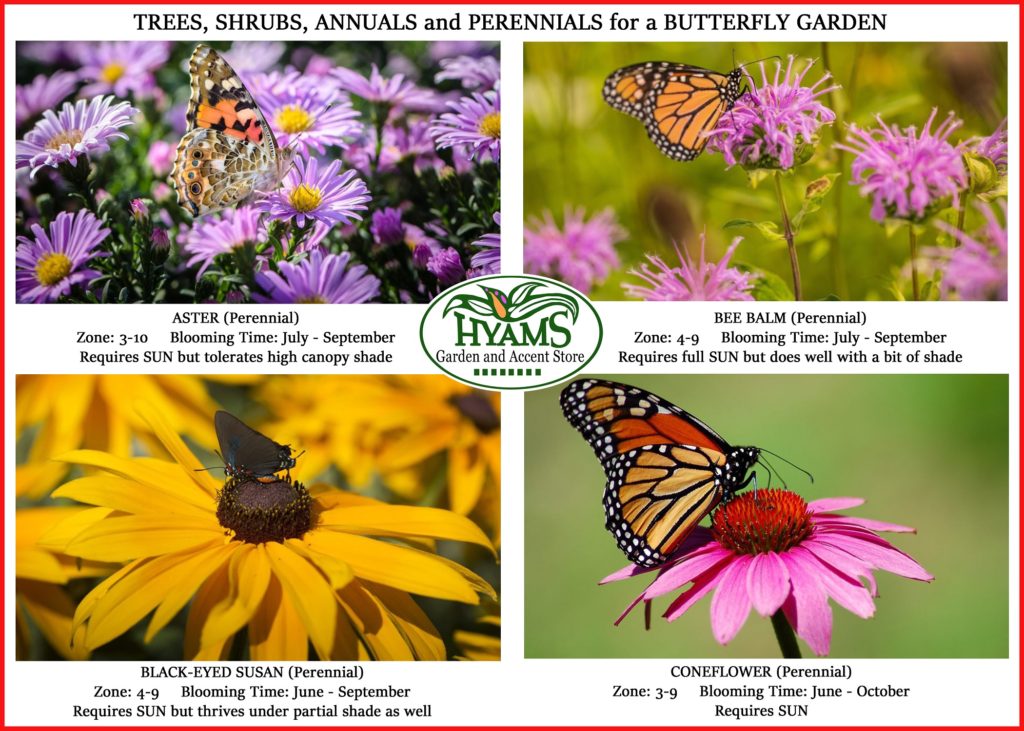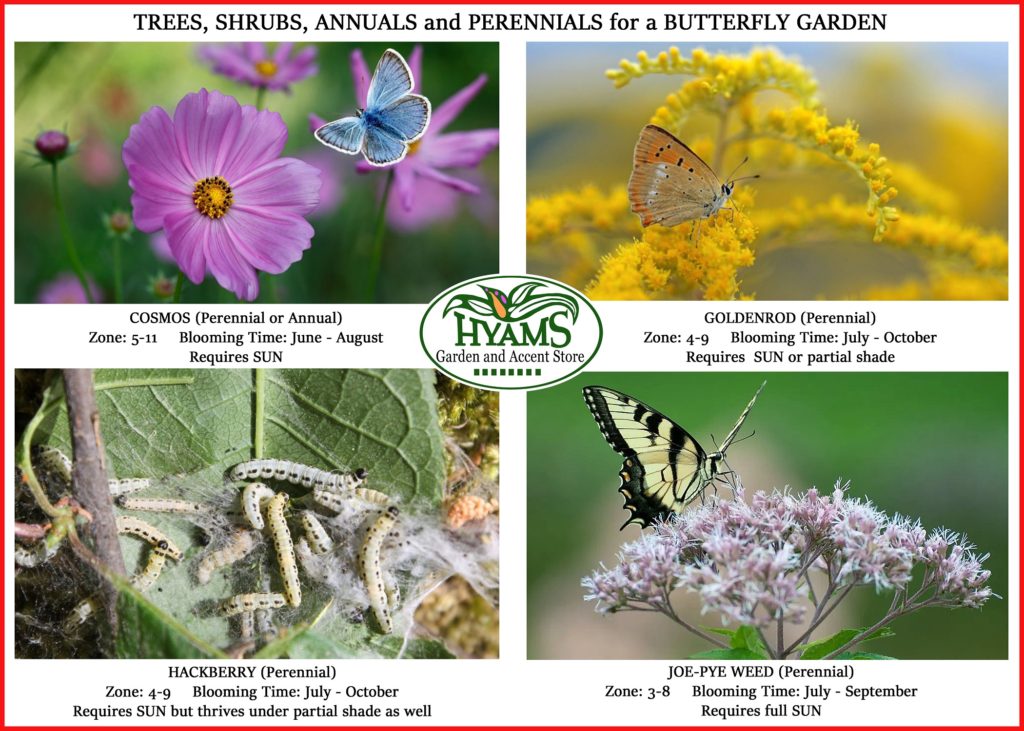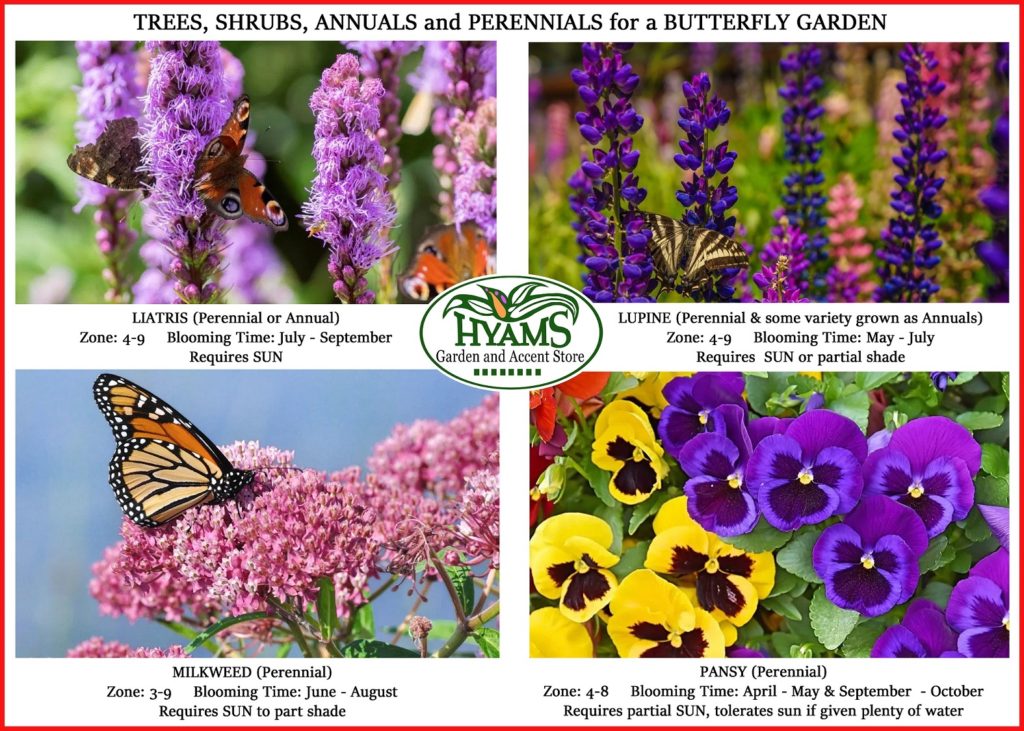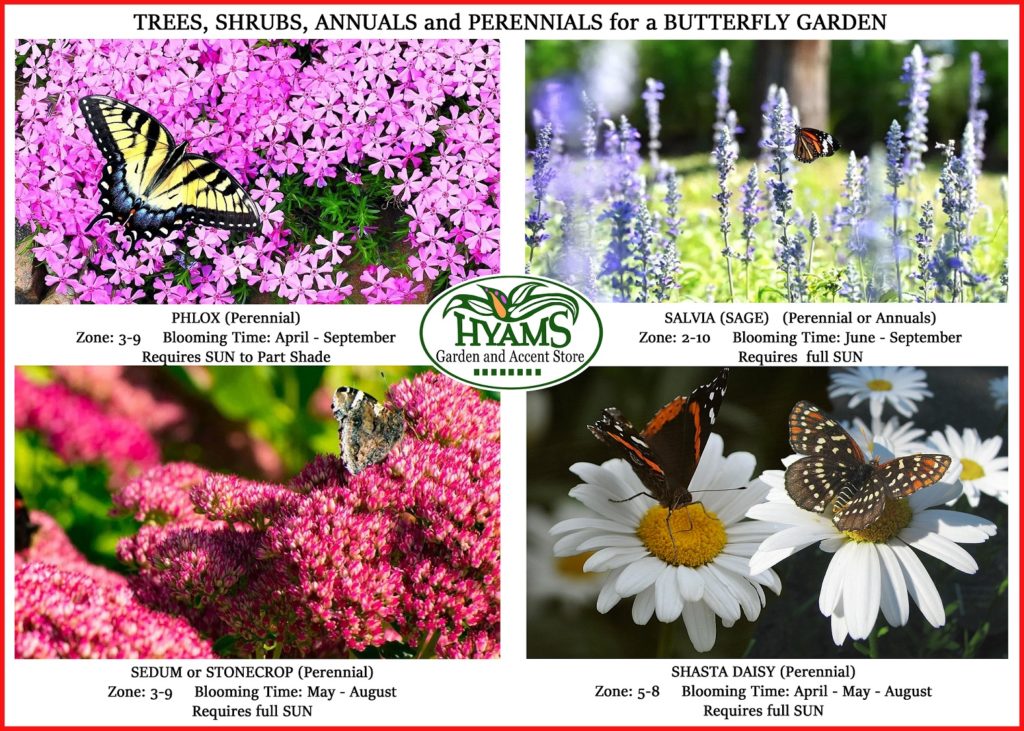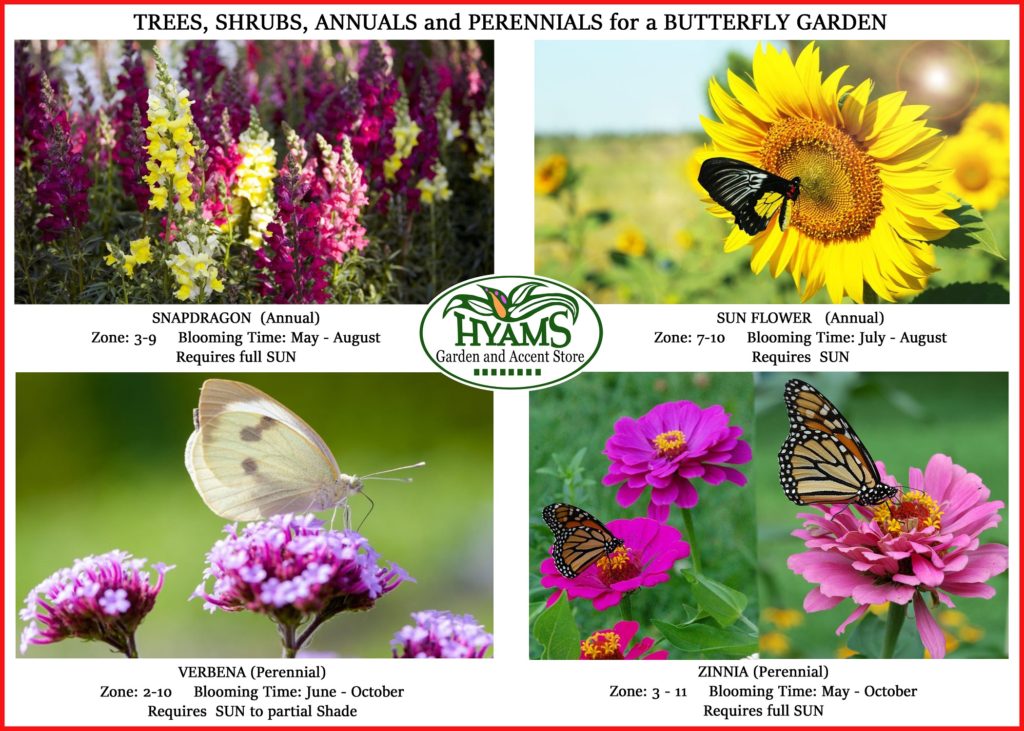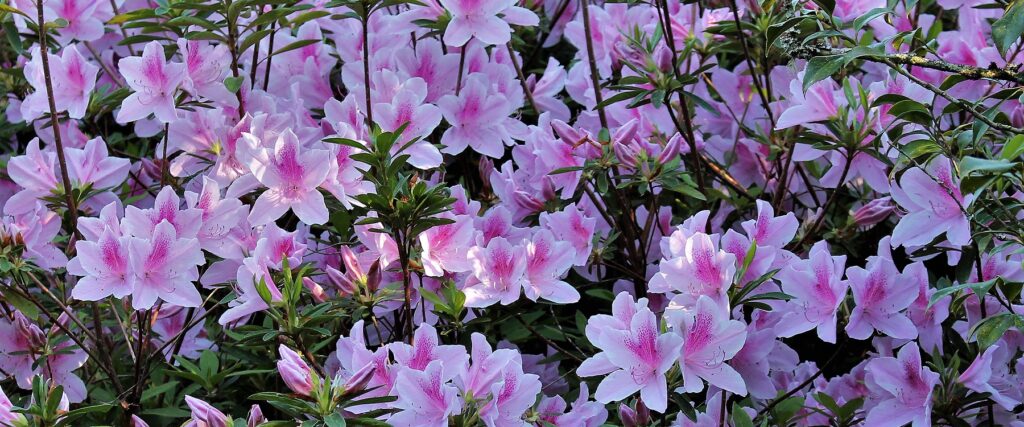PERENNIALS are plants that can flower every year. Though their stems die back during the winter months, you can look forward to their regrowth and joyful splash of color and beauty as the seasons warm up. Here are some interesting facts about hardy perennials you can look forward to growing in your Charleston garden.
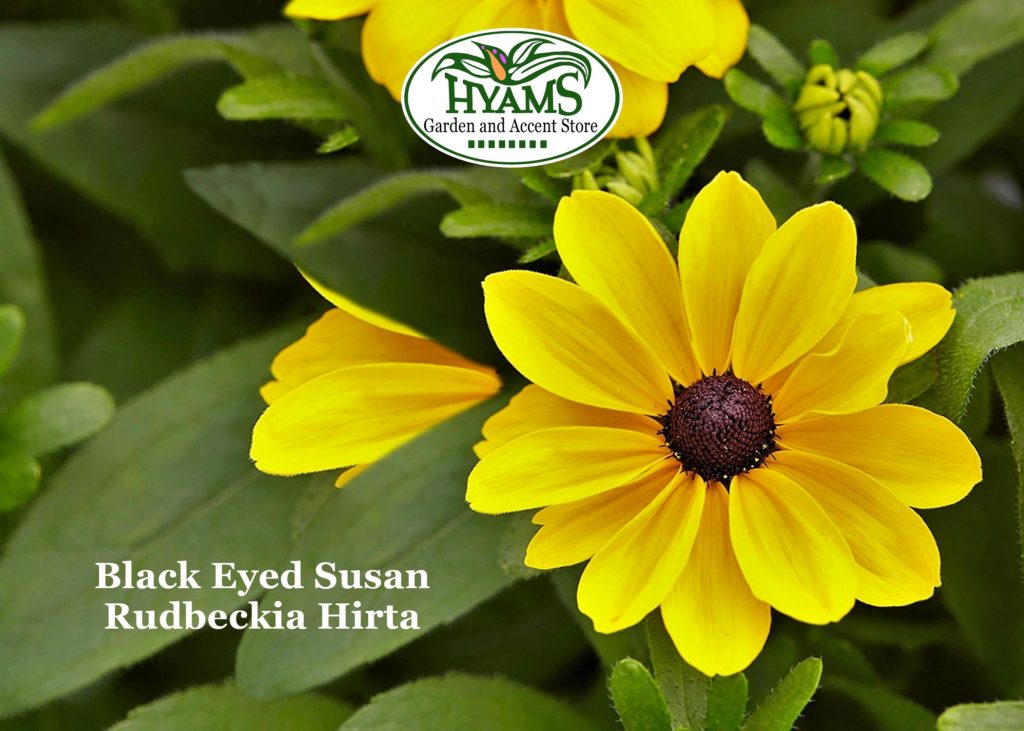
Black Eyed Susan (Scientific Name: Rudbeckia Hirta)
Black-eyed Susan, belonging to the sun flower family, is an erect herbaceous perennial that may grow 2 to 3 feet tall. The many yellow daisy-like flowers with a brownish-purple center first mature in early summer and continue into the fall. Black Eyed Susan can be likened to sunshine on a stem with their bright corona of yellow petals. They are true sun loving flowers and as such prefer to be planted in full sun. They are drought resistant and can be planted in a variety of soils but prefer those with a neutral pH. Deadheading them as flowers fade encourages more blooms. Appropriate watering and occasional fertilizing with a 12-6-6, such as Hi-Yield Growers Special, will help bring out the best in your Black Eyed Susan.
Black Eyed Susan symbolizes encouragement and motivation.
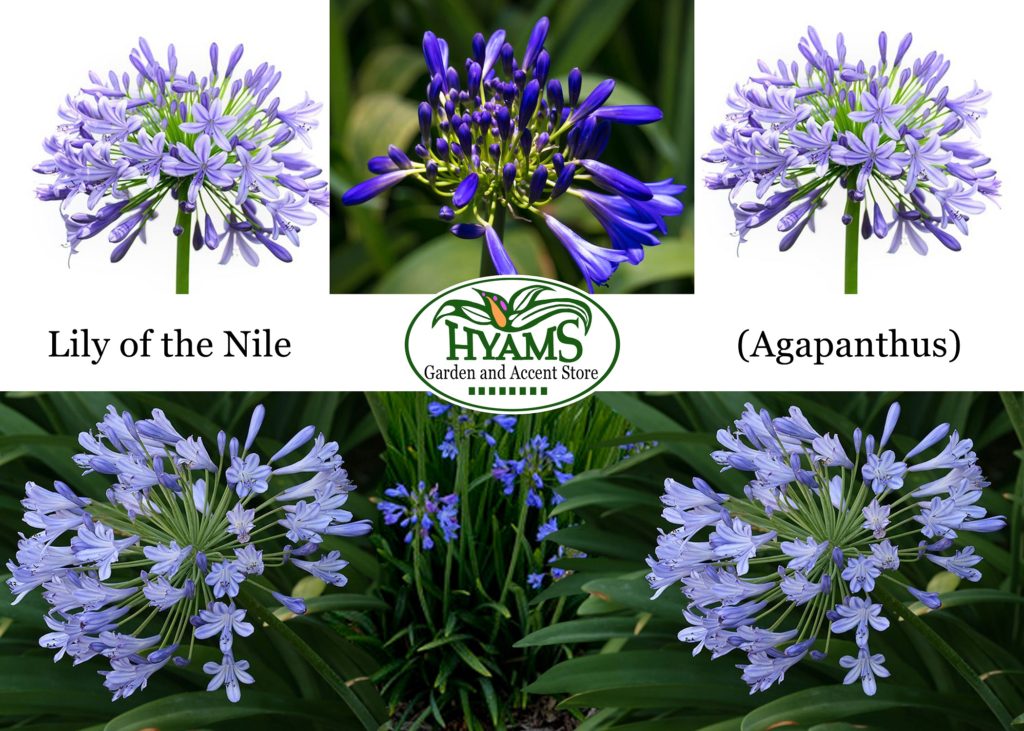
Lily of the Nile (Scientific Name: Agapanthus Africanus)
This elegant perennial from the amaryllis family of bulbs, blooms from May through July. When not in flower, its green leaves remain attractive throughout the year. Not only is it beautiful but it is also deer resistant. Agapanthus can thrive in full and partial sun which makes it a versatile addition to your garden design. If you prefer a tall, graceful flower stalk, the large cultivars can reach 3 to 3.5 feet. If smaller is better, the dwarf varieties will yield a stalk of 2 to 2.5 feet. Agapanthus grows in a number of soil types. It thrives best in moist, fertile, well-draining soil. Though most varieties are not generally picky about soil pH, the Agapanthus Africanus, prefers a more acid soil. An early spring and early summer fertilizing with a balanced 10-10-10 will keep them blooming happily throughout the season.
Agapanthus derived its name from two Greek words, Agape (love) and Anthos (flower). Thus, it can be translated as the ‘flower of love’or ‘lovely flower.’ This flower is a symbol of love and can also symbolize fertility, purity and beauty. Agapanthus is commonly known as ‘Lily of the Nile’ in USA but in the UK this flower is called ‘the African Lily.’ It is originally from South Africa.
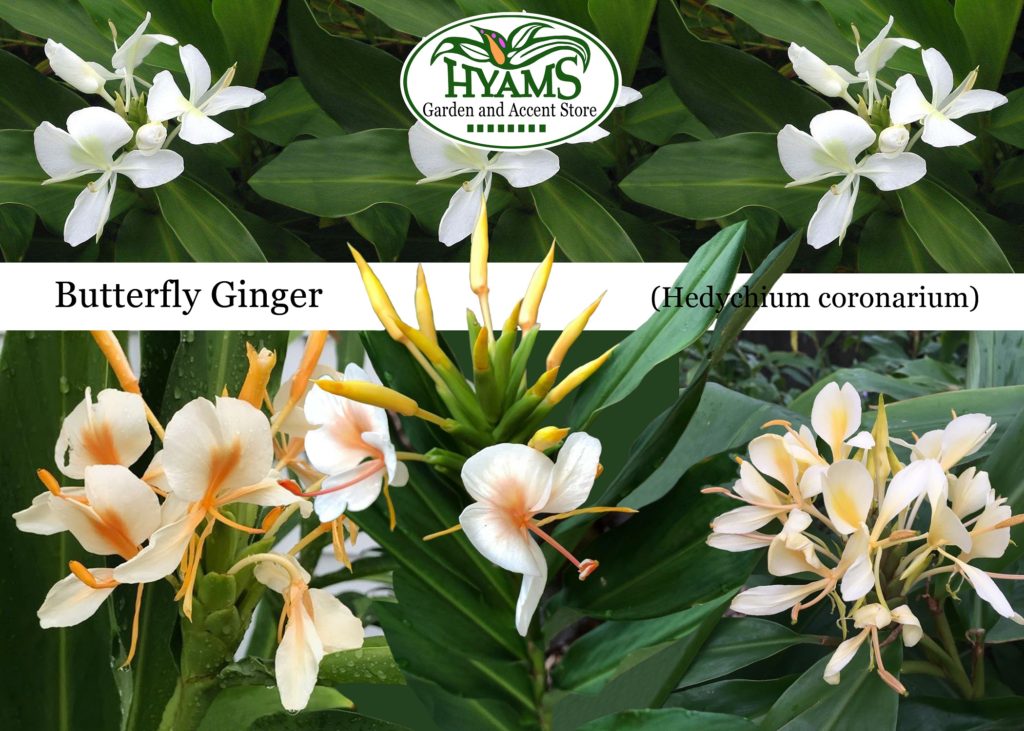
Butterfly Ginger (Scientific Name: Hedychium coronarium)
Butterfly Ginger is originally a native of the Eastern Himalaya region of India, Nepal and Bhutan. However, it finds a happy home in Charleston’s hot and humid summers. It can grow to heights between 3 to 6 feet and spread 2 to 3 feet wide. As a member of the Asian marginal rainforest community, Butterfly Ginger thrives in partial shade with rich, moist, acidic soil that drains well. Morning sun is preferable as the afternoon sun can be too intense and cause leaves to curl. It will benefit from regular use of a balanced fertilizer such as Osmocote Flower and Vegetable. Beginning in August, it produces very fragrant, showy flowers with two broad lobes resembling wings of a butterfly. It will provide a spectacular, aromatic, tropical display in your summer garden.
Butterfly ginger flowers symbolize strength and can also represent limitless prosperity and diversity in the personality.
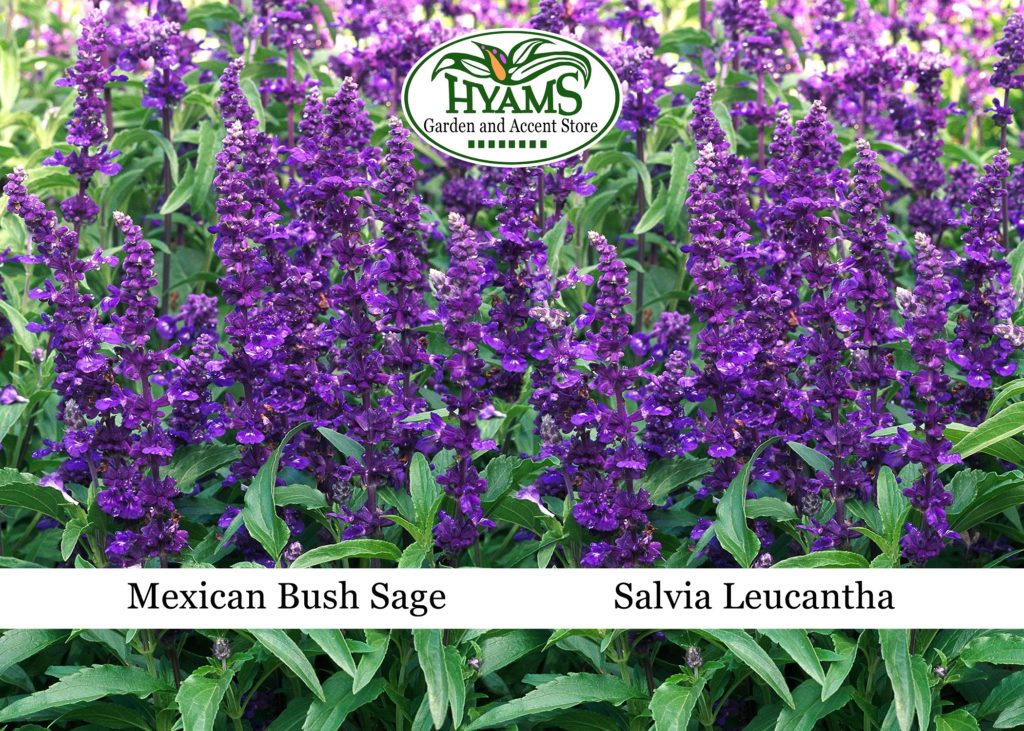
Mexican Bush Sage, (Scientific Name: Salvia Leucantha)
Salvia produces a spikey flower that comes in a variety of colors. Among the most attractive varieties is the Mexican Bush Sage. It is a perennial evergreen shrub that can grow in height and width between 4 -6 feet, producing showy, velvety flower spikes of purple and white from late summer to first frost. It is a favorite of both butterflies and hummingbirds but ignored by deer and rabbits. It prefers full sun but can tolerate some shade. It likes loam soil (composed of sand, silt and smaller amount of clay) which is well-draining and moderately acidic to slightly alkaline ranging from 5.5 to 6.5 on the pH scale. Though it does not require a fertilizer it can benefit from a light feeding of a balanced blend such as Espoma Organic Holly Tone.
Salvia Leucantha flowers symbolize thoughtfulness, longevity, wisdom and good health. The plant is known for its healing properties.
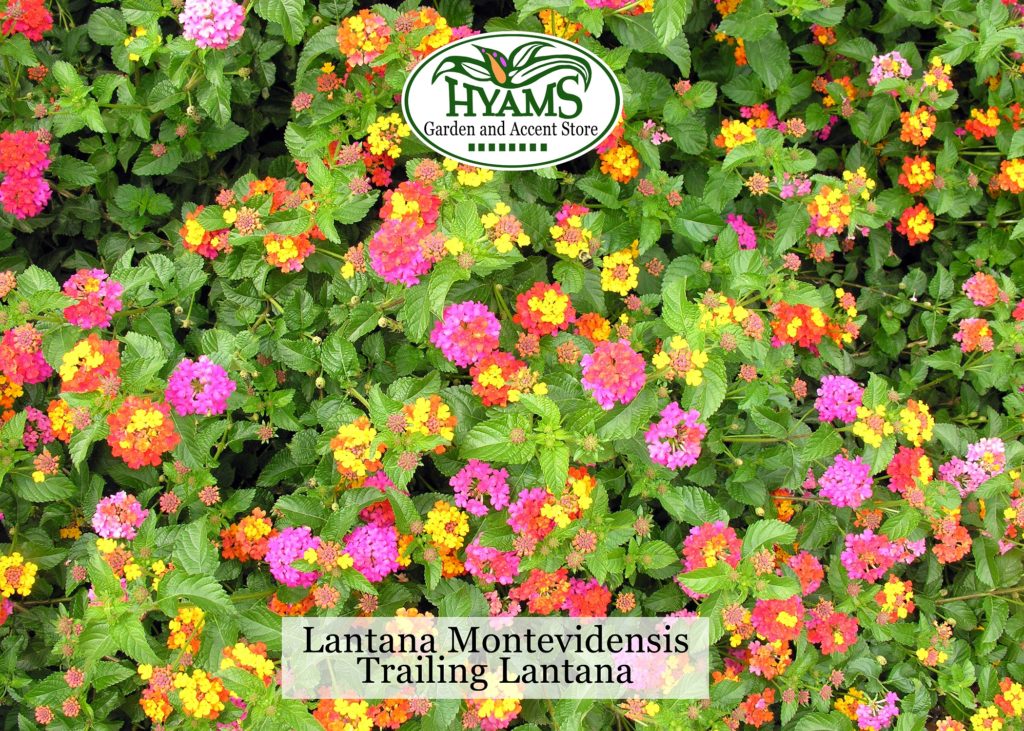
Trailing Lantana, (Scientific Name: Lantana Montevidensis)
Lantana is prized for its long season of reliable bloom as well as for attracting butterflies and hummingbirds. It comes in a variety of colors and is easily maintained. It is tolerant of many soil types and especially likes those that are well draining and slightly acidic. It is also tolerant of salt and therefore is popular for gardens near beaches. Lantana benefit from light fertilizing in the Spring. Over-fertilizing and too much shade will decrease flowering and make the plant susceptible to disease.
Trailing Lantana symbolizes rigor, ‘I am unyielding’ and severity.
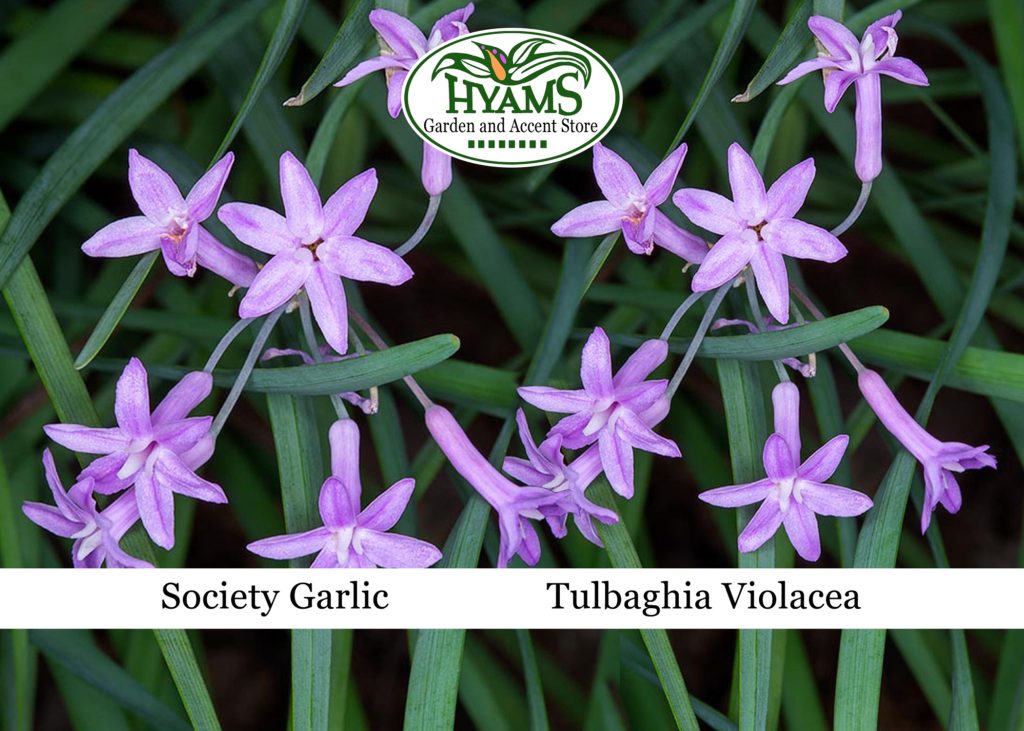
Society Garlic (Scientific Name: Tulbaghia Violacea)
Native to the grasslands of Southern Africa, Society Garlic produces fragrant, dainty, tubular, star flowers in lavender or pink. It blooms on and off throughout summer and into fall. It can grow 12 – 20 inches high and 9 – 12 inches wide. Though the flower fragrance resembles hyacinth, leaves and rhizomes, when bruised, exude a strong garlic essence making it wonderfully deer resistant. It can also help ward off insects.
Society Garlic grows best in full sun with well-draining soil that is moderately fertile and rich in organic matter. Soggy soil will cause bulbs to rot. Fertilize annually in early spring with a general-purpose slow release granular such as Hi-Yield Growers Special.
A few fun facts about Society Garlic include flowers and leaves being edible and can be used in soups and salads. It is also used to treat infectious diseases owing to its antimicrobial potential. In South Africa it is used to treat fevers, colds, asthma and tuberculosis. Society Garlic (Tulbaghia Violacea) which is also known as Pink Agapanthus symbolizes enduring Spiritual Beauty and Purity.
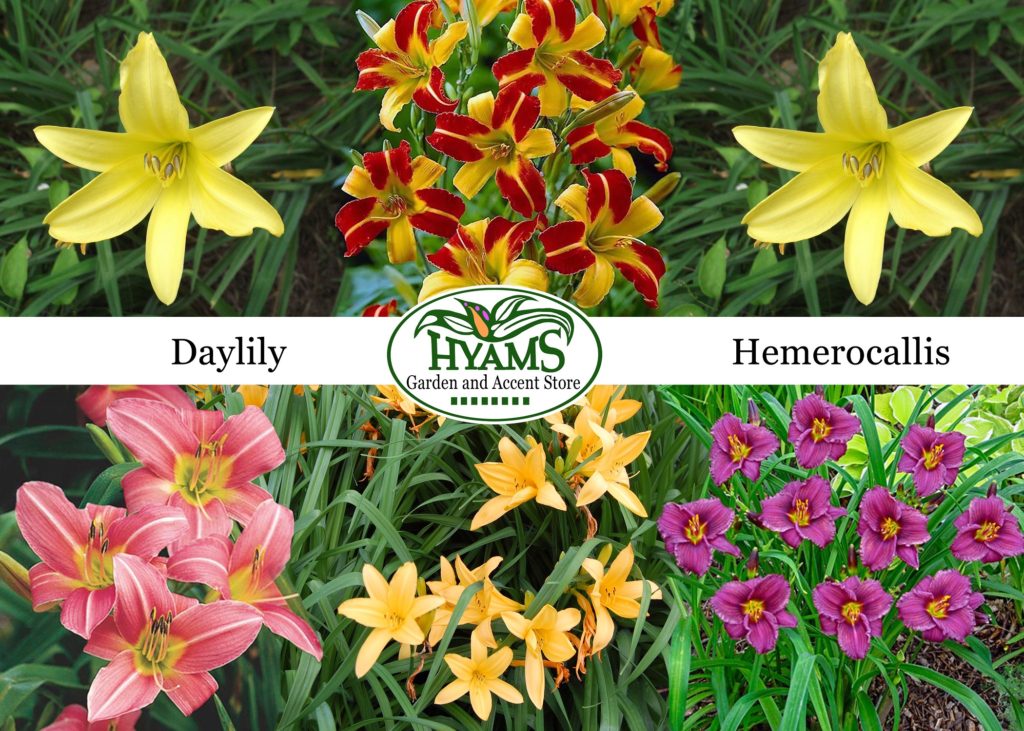
Daylily, (Scientific Name: Hemerocallis)
Daylilies have a reputation for being rugged plants. They can withstand summer droughts and are able to tolerate heavy clay soils. Choosing a location that gets at least 6 hours of sunlight and is away from tree roots will set the stage for your daylilies to perform at their best. Use a rich, organic well-draining soil such as Promix Garden Mix. Ready-to-use, this peat-based garden mix is perfect for planting in-ground outdoor plants as well as improving the quality of existing garden bed soil. Once planted ensure your day lilies are watered well and regularly. As their name suggests, these flowers open in early morning and wither during the following night. However, generally as one flower fades another is preparing to take its place. They start in early May and continue for 6 weeks or more. Repeat bloomers, such as Stella D’Oro, will reprise their colorful displays again in late summer.
The day lily is a flower that represents the sacrifice that a mother makes for her child. It can also represent the filial devotion that a child has to his or her own mother. It can have many other meanings besides this, too. For example, if the day lily is poised in a cheerful fashion, it indicates good luck.
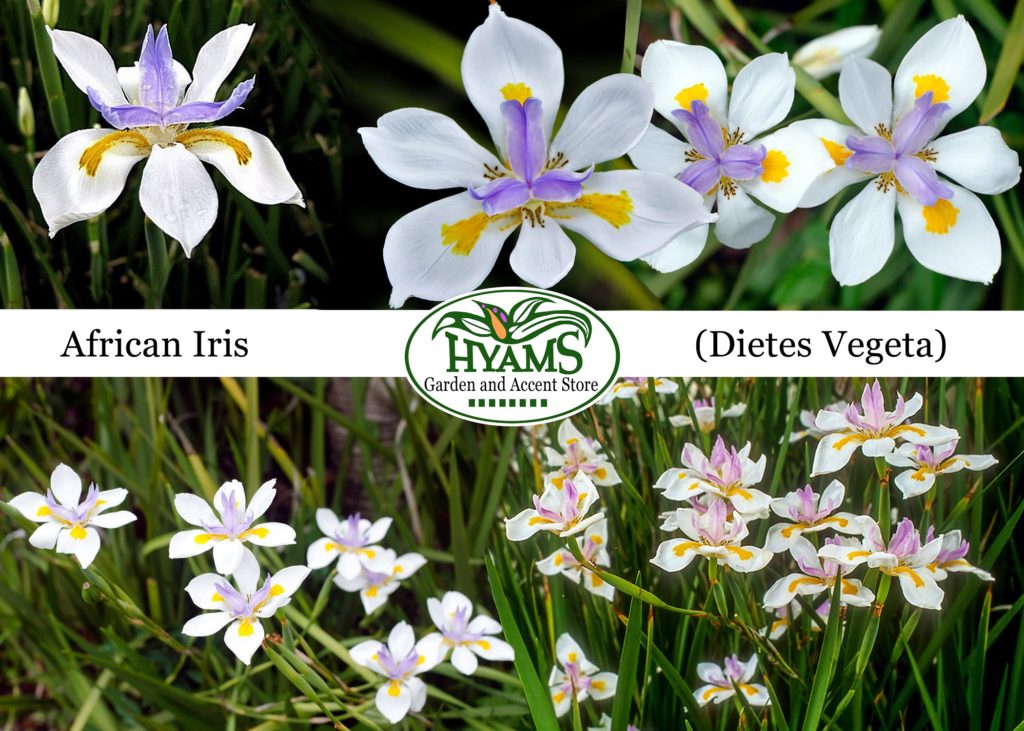
African Iris (Scientific Name: Dietes vegeta)
African Iris which is also commonly known as African day lily or Butterfly flag or Fortnight lily is a species of plant in the family Iridaceae. It has white flowers marked with yellow and violet, with six free petals that are not joined into a tube at their bases. These flowers last only one day. This is another beautiful flower native to South Africa but very happy to thrive in the hot and humid climate of Charleston. It is a dependable, long-lived perennial that bloom from spring through fall. Its 3-inch, beautiful blooms sit atop flower spikes that reach 2 to 5 feet tall. It forms into a dense clump 9 to 12 inches wide and 18 to 24 inches tall. A very versatile plant, the African Iris tolerates standing water as well as drought conditions. For a full flower display, plant in full sun, water regularly and fertilize in spring and midsummer with a 5-10-5 such as the Espoma Garden Food 5-10-5.
African Iris is named after the ancient Greek goddess, Iris, who was believed to be a messenger of the gods. Iris used rainbows to bridge the gap between earth and heaven, and the ancient Greeks believed that the rainbow was quite literally the flowing, multi-colored robes of this beautiful goddess. That is why African Iris symbolizes royalty and valor.
